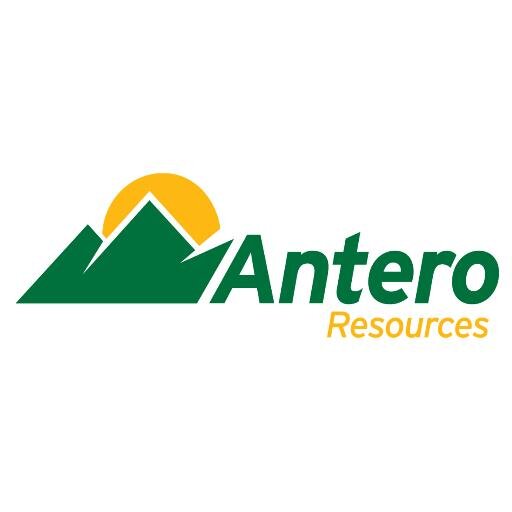
Antero Resources is arguably the biggest player in West Virginia Marcellus/Utica natural gas development, so when their 2016 guidance report came out it was worth taking a quick look at. Their overall budget has been reduced from $1.8 billion to $1.4 billion, but of greater interest to people we work with, the land budget is now $100 million. That’s down from $150 million in 2015 and down from $450 million in 2014.
Why is the land budget interesting? The land budget is the budget for the land department, and the land department is the department that buys leases, modifications, and renewals. The land department has $100 million to spend. While that’s a lot less than it has been in the past, it’s still a substantial number. We can still expect Antero Resources to buy leases and modifications, and even renew leases that are coming due. Speaking of which, it will be interesting to see how many of Antero’s leases are coming due this year, and how many of them they will be renewing.
The land budget is not down as much as we thought it might be. Rumors that Antero was not taking any more leases in Tyler County made us think that perhaps Antero was cutting way, way back on leasing. While there has definitely been a cut, it seems that Antero has shifted interests to Wetzel County, searching for the Utica dry gas that companies have realized is so prolific.
Also, the sheer number of leases may not be changing all that much. Along with the cut in budget has come a cut in bonus amounts. Property that would have commanded $4,000-$5,000 per acre last year is now being offered at $2,500-$3,000 per acre. That alone makes up a large part of the reduction in their land budget.
So while there is going to be a reduction in the amount of money paid for leases and modifications this year, it seems that the number of leases taken and the number of landmen working is likely to remain the same. The unknown is just how low the price of natural gas is going to drop. If it continues to drop throughout the year then we could see additional reductions in activity. However, if prices remain roughly the same through this year, then activity should remain about the same and might even pick up. After all, most analysts are saying that the oversupply should be over sometime in 2017. Antero will be well positioned to pick up any of that slack, and they’ll do so by

